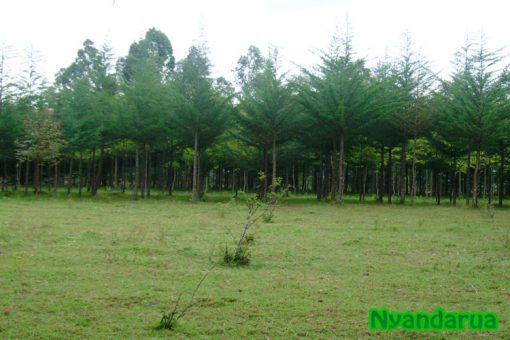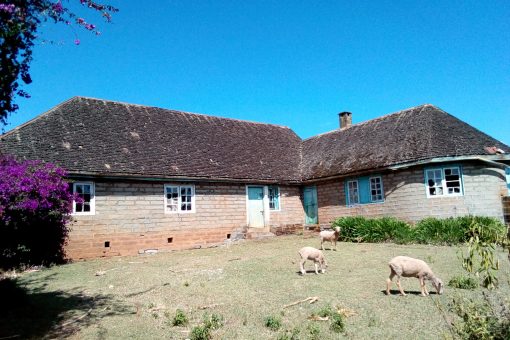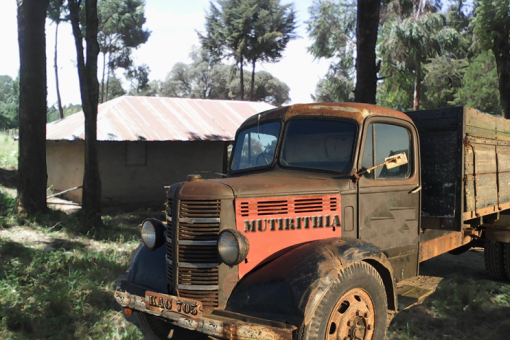Our fire never went out. I want to believe the fire we lit in our house in the late sixties when we moved to Nyandarua is the same fire burning in my mothers kitchen. How is that possible you ask? Unlike Gikuyu where homes are close together, and people often went to their neighbors to “borrow” fire, Nyandarua was different. Owing to the size of farms in Nyandarua, our closest neighbor was half a kilometer away. Others were even further than that.
It was unthinkable to travel that far in the freezing temperatures, fog, frost or rain, to go borrow fire because you let your fire go out. We therefore had a system to keep our fire going all year round, decade after decade. As the evening wore off and everybody had eaten their fill, drunk their creamy cup of tea and washed their legs and dried, the fire was also dying down at that point. There were no more shooting flames, the firewood had burnt out and what was left was some red hot smoldering embers (makara).
Every evening before going to bed, we gathered the smoldering embers into one spot. Then we piled plenty of ashes on the embers covering them completely to cut the flow of oxygen and stop them from burning any further. We called that process Kuumbika mwaki. In the morning, all we did was unpile the mound of ashes revealing the embers underneath. The embers usually reduced in size but never went out. We piled some flimsy well dried twigs onto the embers and immediately they started smoking and with a few breaths blown into the fire (kuhuha mwaki), you already had a fire started, ready to receive some firewood for a serious roaring fire.
That is how I know fire has never gone out in my home. If it was not flaming hot with some serious cooking going on, or everybody warming themselves on a chilly night, it was buried under heavy ashes waiting to be revived the next morning.



